Current Situation in the Fukushima Daiichi Nuclear Power Plant Area, After Seven Years
“Do you know that you can pick a full bag of Carol 10 or Hula Girl or any other out of nine varieties of tomatoes, right here?” says Mr. Hiroshi Motoki while showing us his big greenhouse where his winter tomatoes (aka “fruit tomatoes”) are growing and being quality checked. His “Wonder Farm” is like a tomato theme park that includes actual cultivation, an agrotourism destination, a restaurant, and a BBQ area where you can enjoy tomatoes in many different ways.
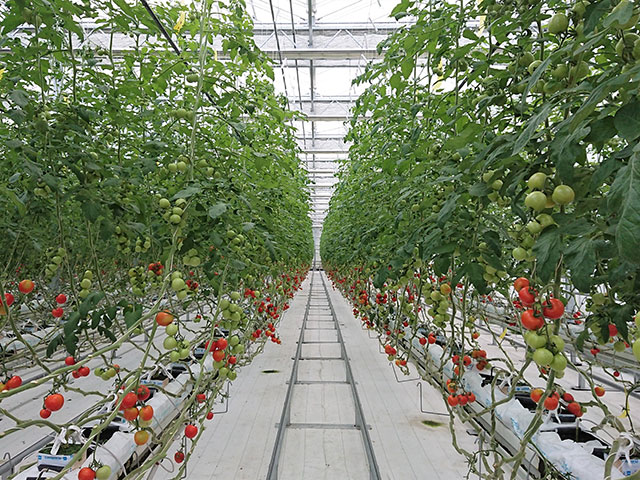
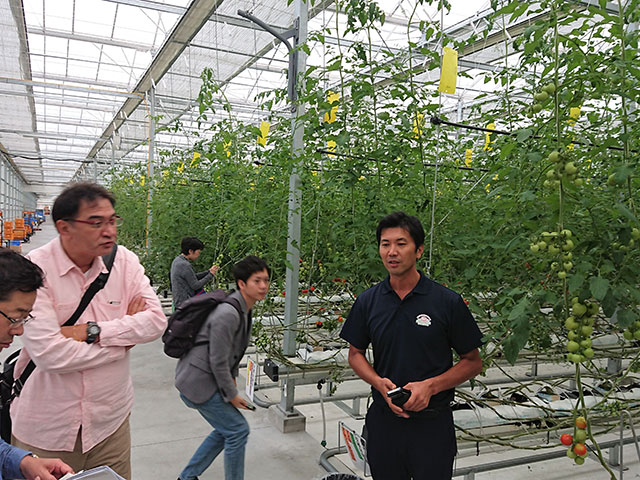
Having started as a direct-sale stand he built himself in the no-cultivation zone, until it grew into a 2.5 hectares site. It includes an area where you can experience tomato-picking firsthand, see a plant where tomatoes are processed, a restaurant with popular pizza, a dog park, and a shop where you can buy local vegetables and sweets, spending a whole day having fun.
All that just 50 km from the Fukushima Daiichi Power Plant. This is the Fukushima Prefecture of today!
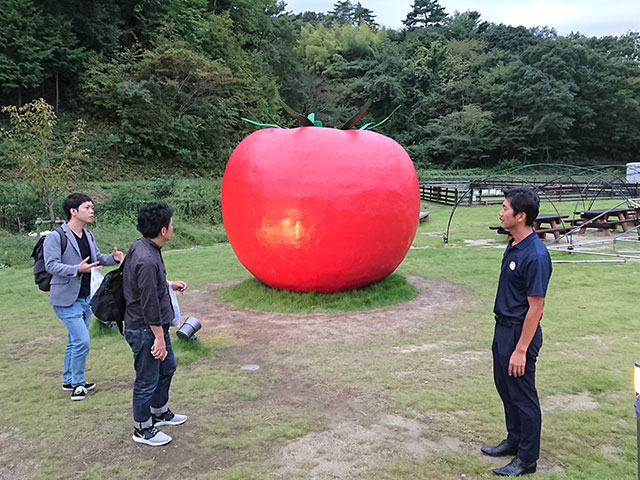
What are the present-day conditions in the area around the severely damaged Fukushima Daiichi and Daini power plants? To what extent has the area been revived? Do people who visit Japan from abroad know the situation? Are there misunderstandings? To seek the answers to these questions, we visited the soon-to-open Tokyo Electric Power Company “Decommissioning Archive Center” housed at the former Energy Museum in Tomioka Town, Fukushima Prefecture.
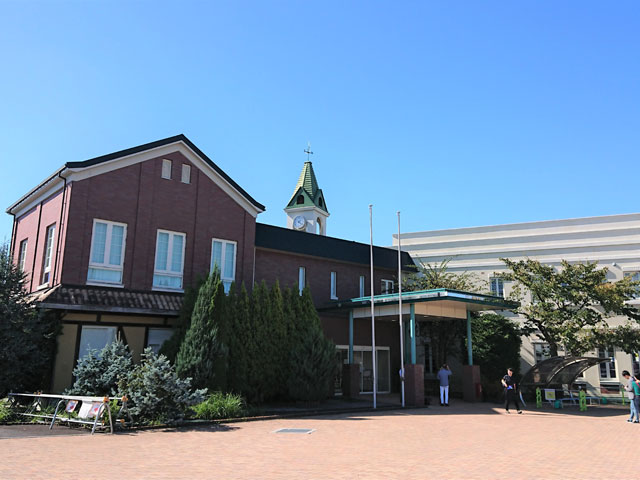
“Decommission operations at the Daiichi Power Plant are progressing steadily and are estimated to take about 30-40 years to complete,” explains the manager of the Communication Center of the TEPCO Fukushima Daiichi Decommission Company, Akihiko Awamura. Thirty to forty years? The enormity of the project and the enormous amount of time it will take is slowly sinking in!
Mr. Awamura’s explanation continues. The nuclear power plants that were seriously affected by the Great East Japan Earthquake of 2011 were the Fukushima Daiichi in the towns of Futaba and Okuma and the Fukushima Daini in the towns of Tomioka and Naraha. More specifically in the Daiichi Plant, reactor units 1, 2 and 3 had a meltdown and reactor units 1, 3 and 4 had hydrogen explosions; reactor units 5 and 6 stayed on the emergency generator so they didn’t suffer any serious damages. The continuing decommission operation now is at the stage of removing the nuclear fuel from the spent fuel pools in the reactor buildings. The fuel from the reactor unit 4 pool was emptied in 2014 and the shared pool has been safely stored and is under control. In reactor unit 3, the cranes and machinery needed for the removal of the nuclear fuel are into place and are now been inspected, but in reactor units 1 and 2, the fuel removal procedures will begin in 2023, which is in the future.
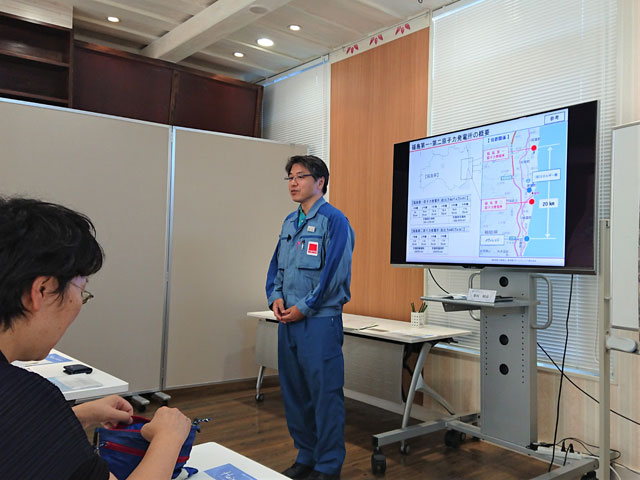
And of course there is the matter of the disposal of the fuel debris. If the reactor is not cooled, the atomic fuel melts from the high temperature and gets mixed with metals and other materials surrounding it. In reactor units 1 to 3, with continuous water injection, this fuel debris is in a stable condition and does not melt and overflow, but it emits strong radiation and this makes the progress of the decommission operations for these three units harder. To be able to proceed with the extraction of the fuel debris, the condition of nuclear reactors must be measured and for this, the company is using special remote-controlled robots.
Water contamination counter-measures are also progressing. First of all, on the land side, an underground barrier made of frozen soil has been built to block the subterranean water currents in the area surrounding the reactor housings. That way the flow of water towards the buildings is under control. For the same reason, the water from the wells both in the buildings’ area and in the nearby mountains has been restricted. On the sea side, the iron and steel barrier that has been put into place and spans about 780 meters has managed to keep the level of radioactive material concentration well lower than the standard set by the government.
And as for the air radiation, the 0.07-2.23 μ㏜/h in the surrounding areas and Tomioka Town and the 0.05-0.26 μ㏜/h in Naraha Town are pretty much normal compared to the doses measured in cities around the world (e.g. 0.10 μ㏜/h in Los Angeles, 0.59 μ㏜/h in Shanghai, 0.12 μ㏜/h in Seoul, etc.). Plus, in terms of radioactive material concentration, both food products of Fukushima and the prefecture’s drinking water have been measured against the world’s strictest standards and have been found completely safe.
It is also worth mentioning that almost 95% (or 96%) of the people working in the premises do so wearing regular work clothes – a very different image from that of older reports where workers were wearing protective uniforms.
After a 20-minute drive from the former Energy Museum, we see a beautiful green lawn and a modern facility. This is J-Village, the world’s biggest national soccer training center. During the time of the Great East Japan Earthquake of 2011 it was utilized as a base for responding to the nuclear accident, and this spring it opened again for the first time in seven years. After being trampled by countless vehicles related to the disaster recovery works, it is nice that its lawn has returned to its former natural beauty.
“With soccer as its main sport, we are looking forward to utilizing the facility for other sports such as rugby, ultimate fighting events, lacrosse, or for drone events, etc. And in the future for inbound tourism as well,” says J-Village Hotel senior executive manager Takashi Ito, a veteran hotel man who has experience working at luxury hotels in Tokyo.
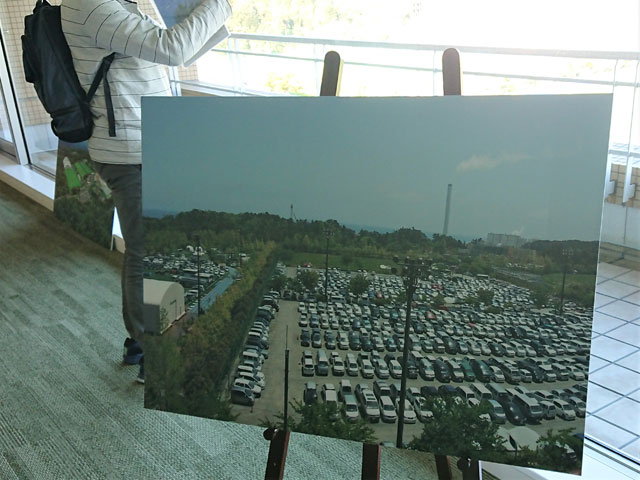
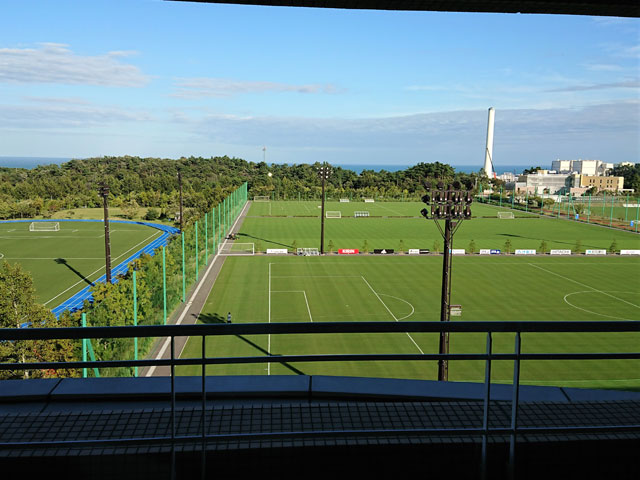
In addition to soccer-related facilities, J-Village Hotel offers 200 guest rooms, restaurants, cafés, a gym, pool, arena convention facility, a large public bath and more. In other words, becoming a full-fledged tourist facility seems like a perfectly natural development.
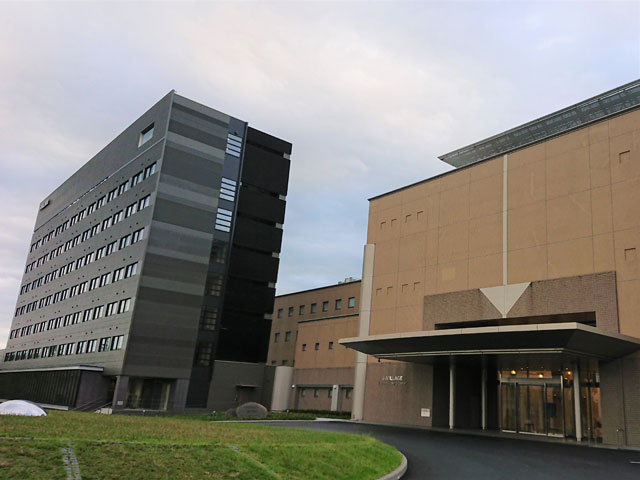
The Wonder Farm I mentioned at the beginning and the J-Village are positive signs that do not allow you to feel that this is the Fukushima that experienced the devastation of the Great East Japan Earthquake in 2011. These, as well as the smiling faces and the determination of the people working there, made me as a visitor feel motivated and optimistic. On the way to the former Energy Museum, on a hill there is a sign with the words “Welcome home” in big letters and you feel that revival is well on its way and that little by little the towns are being revitalized. I am confident that in the near future more and more visitors from all over the world will be visiting this area.
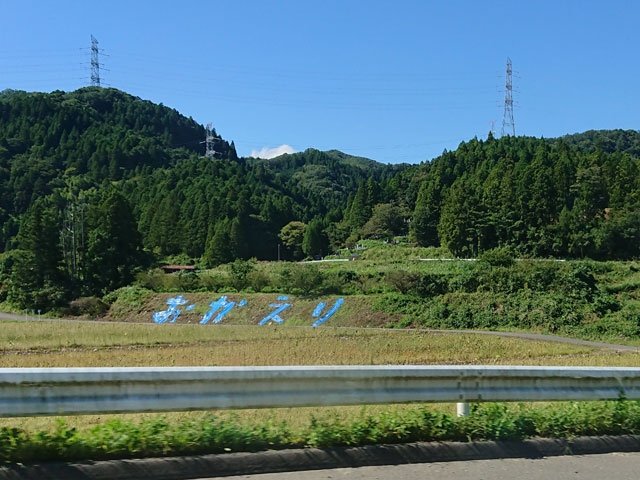
Text: JIMC Secretary General, Masahiro Saito
Visited on October 1, 2018